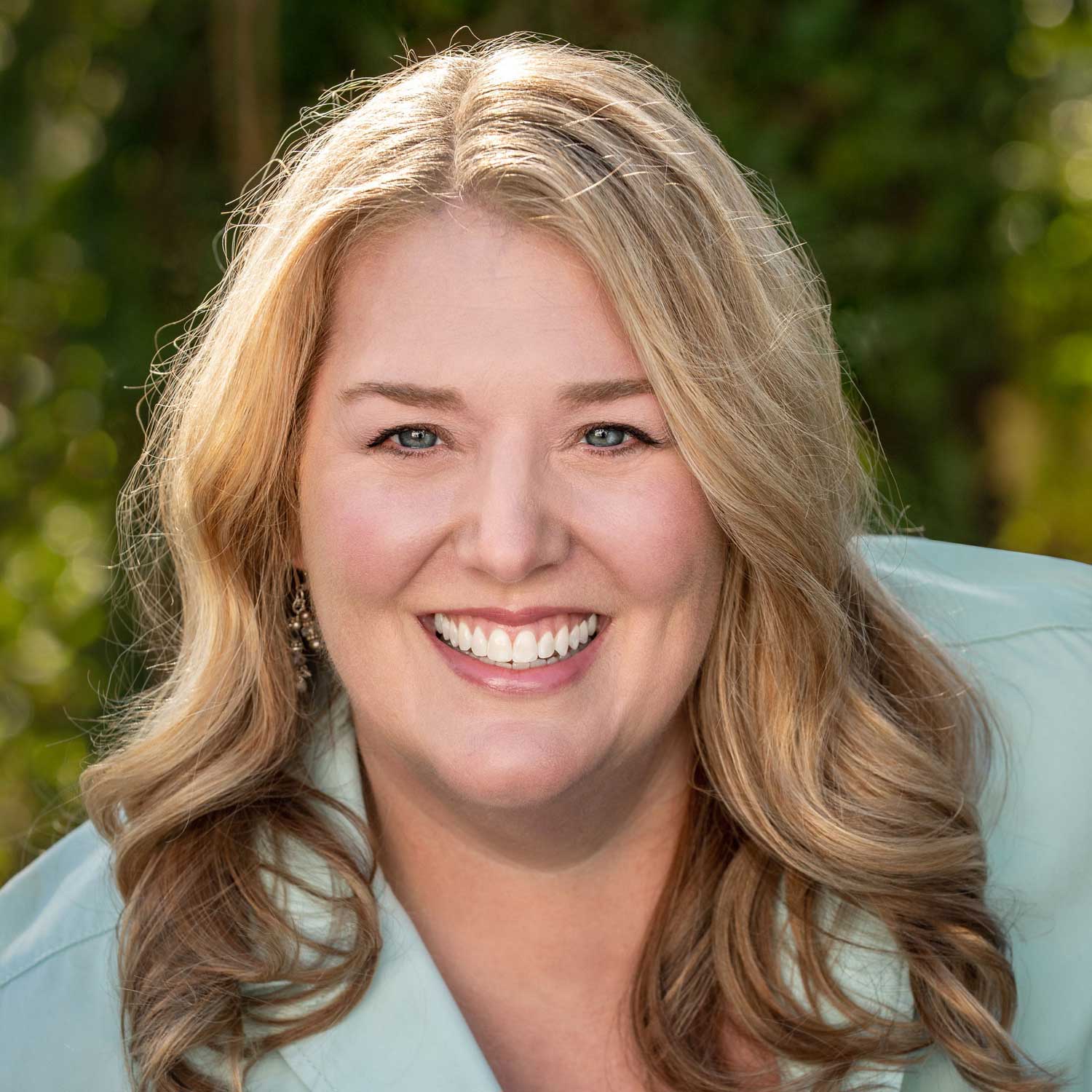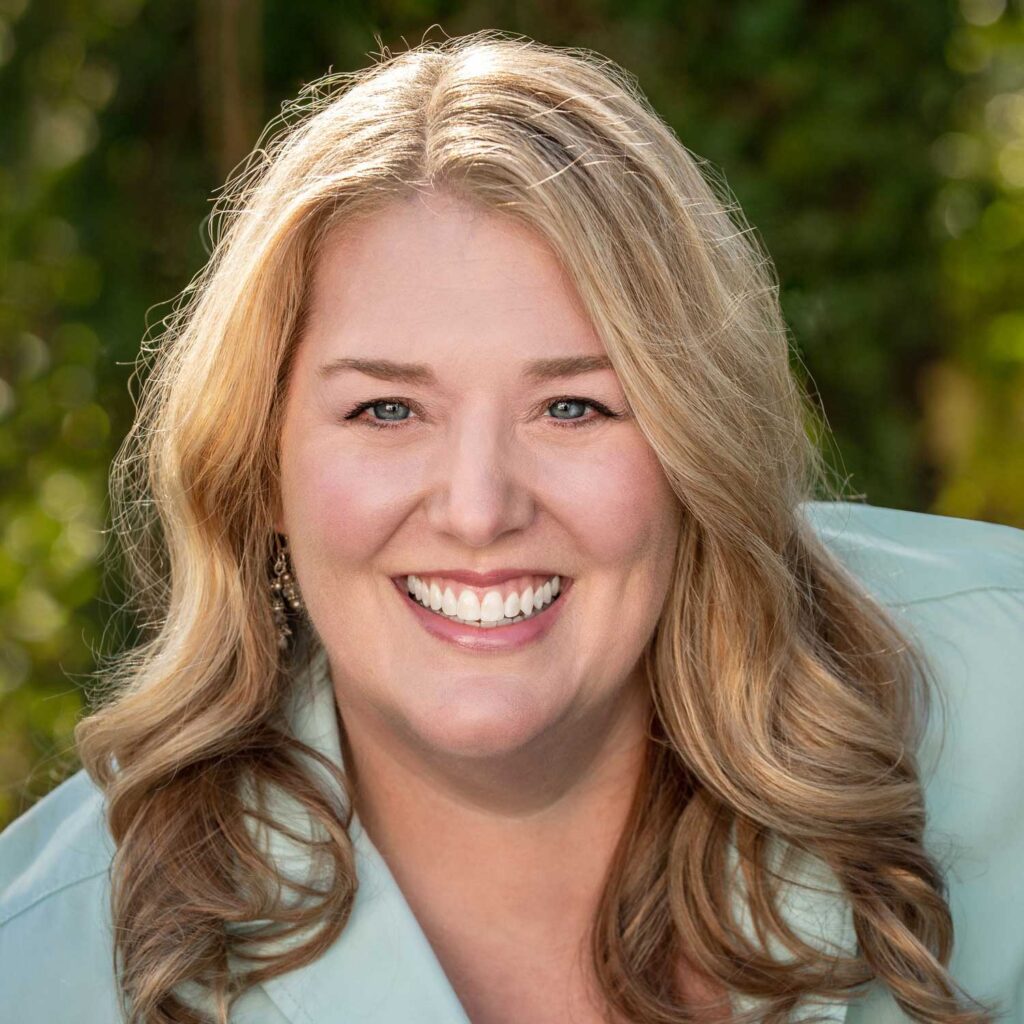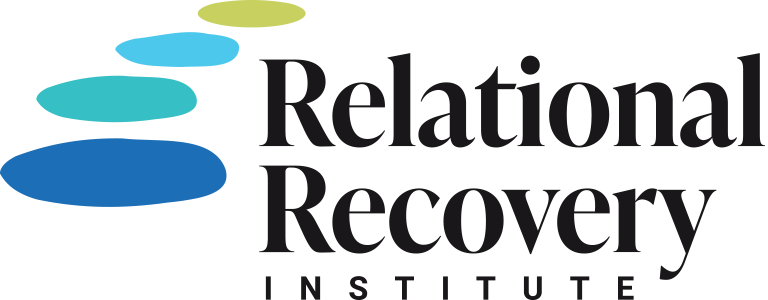201 Liberty St. SW
Leesburg, VA 20175
(571) 442-1898
The Relational Recovery Institute is located in the heart of Leesburg’s Historic District.
Scheduling Appointments
To schedule an appointment or for questions about our treatment programs, please contact our Client Care Manager at (571) 442-1898.
Cancelling or Rescheduling Appointments
To cancel or reschedule an appointment, please contact your therapist directly. Clinical Team members’ phone numbers are listed below.


Michelle Mays, LPC, CSAT

Bruce Butler, LPC, CSAT

Laurie Barton, MA, Resident in Counseling

Jenna Young, CMHC
A Letter From the Founder
Welcome to the Relational Recovery Institute!
Wait! Didn’t we used to be called the Center for Relational Recovery? Yes indeed, we have had a name change!
Since 2011, the Center for Relational Recovery has provided counseling services to the Northern Virginia, Washington DC, Maryland area, specializing in treating sex addiction, partner betrayal trauma…


Meet the Team
Meet the clinical and administrative team serving our clients both locally and nationally.
Contact Us
201 Liberty St. SW
Leesburg, VA 20175
(571) 442-1898
Relational Recovery Institute is located in the heart of Leesburg’s Historic District.
"*" indicates required fields

